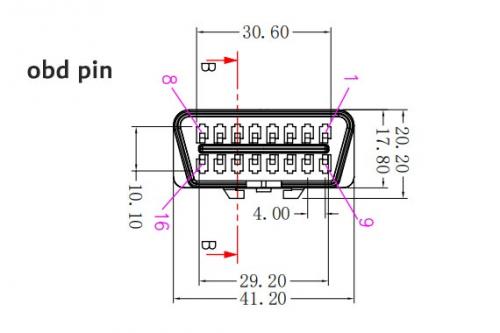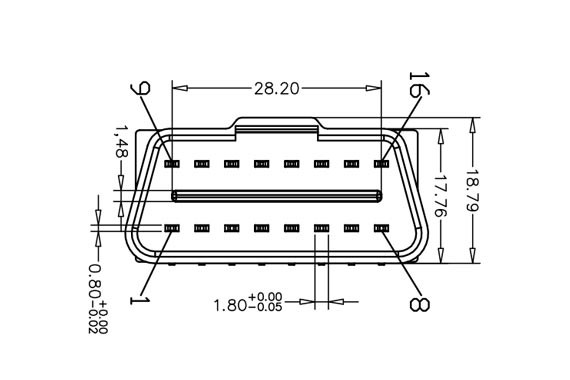OBD-I vs. OBD-II

Before OBD-I, each manufacturer had their own set of standards for OBD, meaning that mechanics had to buy expensive scan tools for each manufacturer. OBD-I was first introduced in 1987, and started the standardization of onboard diagnostics.

It had sensors that detected emissions and was able to minimize them through emissions-controlling valves. However, it had many problems and shortfalls.
As a result, in 1996 car manufacturers started to equip cars and trucks with an OBD-II port. Every system is mostly the same, but there are slight variations. These are known as protocols, and are specific to vehicle manufacturers.
There are five basic signal protocols:
SAE J1850 PWM: Pulse Width Modulation, used in Ford vehicles
SAE J1850 VPW: Variable Pulse Width used in General Motors vehicles
ISO9141-2: Used in all Chrysler and a variety of European or Asian vehicles
ISO14230-4 (KWP2000): Keyword Protocol, used in a variety of European and Asian imports as well as Honda, Jeep, Land Rover, Subaru, Mazda, Nissan, and more
ISO 15765 CAN: Controller Area Network, used on all vehicles manufactured after 2008
Pins 4 and 5 in all protocols are used for ground connections, and pin 16 is used for power from the car’s battery.
Once the computer senses a problem with the engine or any other component of the car it’s monitoring, it’ll trigger the Check Engine light. Some vehicles also blink the engine light if the problem is a very serious one.
If you want to use obd to diagnose specific problems, you need to use your own customized obd cable.
Post Your Ad Here
Comments